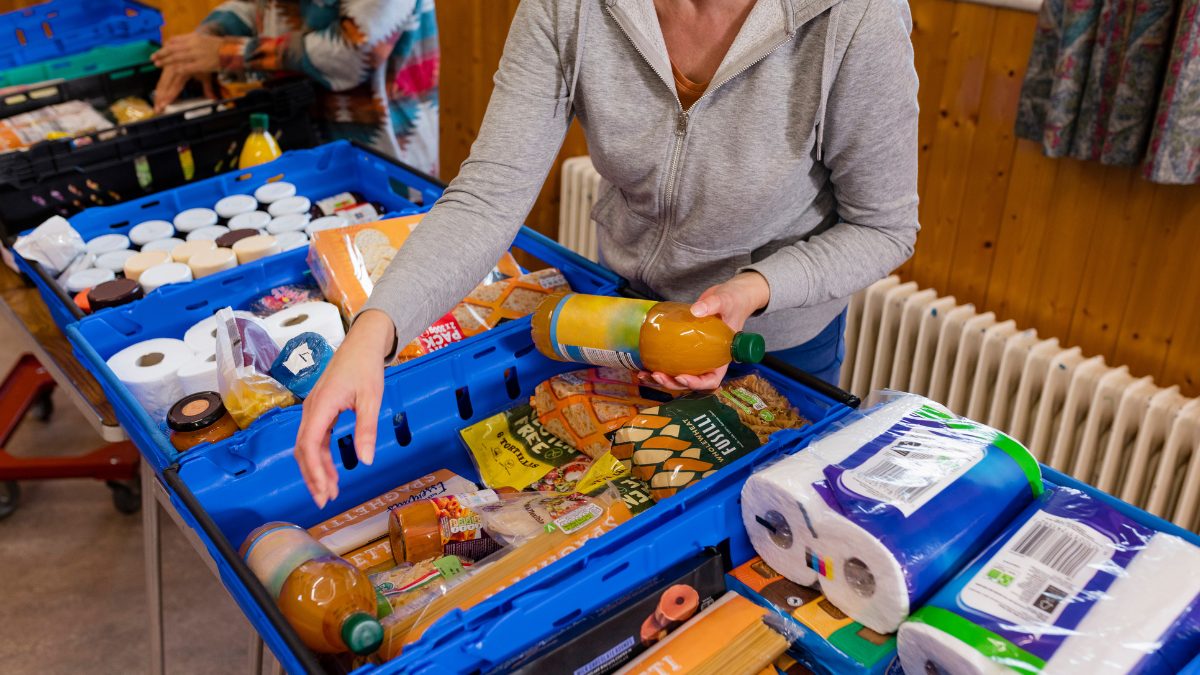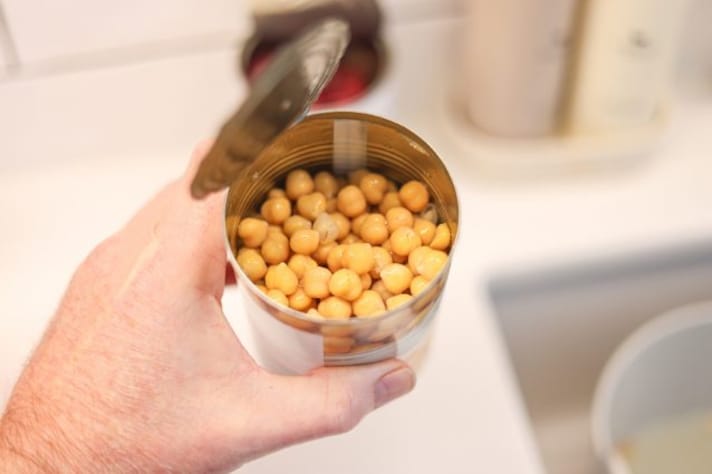
Food banks in the United States play a crucial role in helping millions who struggle with not having enough food. It's not only about donating a lot of food, but quality matters too. The right kinds of foods can help families stay healthy.
1. Whole Grains

Whole grains like brown rice, quinoa, and whole wheat pasta provide important energy and fiber. Sadly, these are often lacking in food banks. Donating whole grains is a smart move, supporting dietary needs and long-term health for people in need.
2. Fruits and Vegetables

Fruits and vegetables are packed with vitamins and minerals. But they're hard to donate because they spoil quickly. When fresh produce isn’t available, frozen or canned options are great because they keep their nutrients. They brighten up food bank shelves and keep families healthy.
3. Proteins

Proteins are essential for the body to grow and repair itself. Canned beans, lean canned meats, and shelf-stable fish are cheap and adaptable sources of protein. More protein options in food banks can significantly improve nutrition for those who need them.
4. Dairy and Alternatives

Dairy products or similar options are important for calcium and vitamin D. Because fresh milk needs cooling, food banks often use special milk or non-dairy options that don’t need to be refrigerated. These help ensure people get the nutrients they need for strong bones.
5. Healthy Fats and Nuts

Healthy fats and nuts support heart health and vitamin absorption and are often missing in donations. Nuts, seeds, and good oils add flavor and essential fatty acids that food bank inventories lack.
Making smart choices in donations can improve food banks’ offerings. Whole grains, fresh produce, proteins, dairy alternatives, and healthy fats all make a big difference. These items provide nourishment and help create healthier, more robust communities.
;Resize,width=767;)
